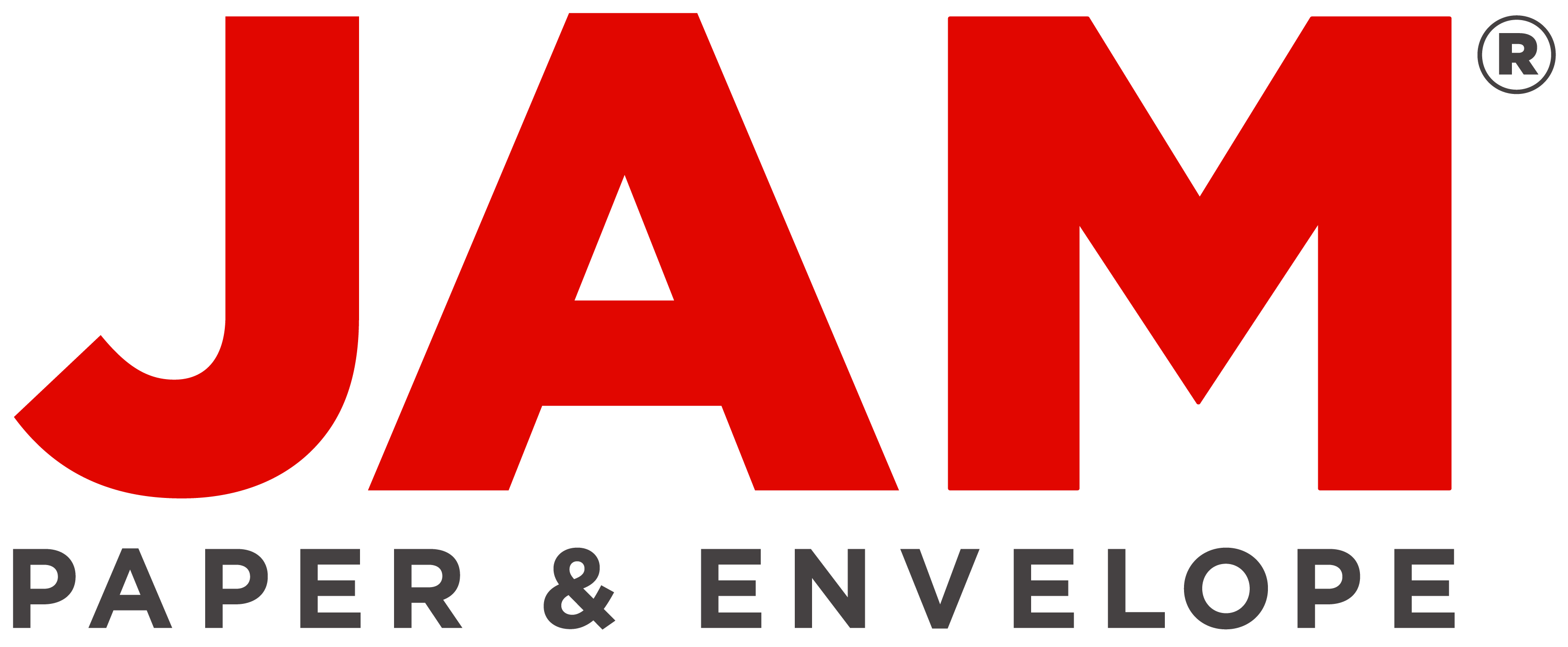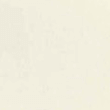The Importance of Chart Paper for School Projects
- By JAM Paper
- Jun 13, 2024
The Importance of Chart Paper for School Projects
Chart paper is an essential tool for school projects, presentations, and classroom activities. It provides a large, blank canvas for students to display their creativity and learning in a visually appealing way. Whether used for making posters, charts, or diagrams, chart paper offers a versatile and convenient medium for showcasing information. Its large size allows for easy visibility in a classroom setting, making it an ideal choice for group projects and presentations. Additionally, chart paper is lightweight and easy to handle, making it suitable for students of all ages. With its smooth surface, it is also compatible with a variety of art supplies, such as markers, crayons, and paints, allowing students to express their ideas in different ways.
The Benefits of Using Chart Paper in the Classroom
Using chart paper in the classroom offers numerous benefits for both teachers and students. It provides a visual aid that can enhance the learning experience by making complex concepts more accessible and engaging. Chart paper can be used to create interactive displays, collaborative projects, and instructional materials that cater to different learning styles. It also encourages creativity and teamwork among students, as they work together to design and present their projects. Additionally, chart paper can be easily displayed on walls or bulletin boards, serving as a constant visual reference for students throughout the school year.
Practical Use Cases for Chart Paper
Chart paper can be used in a variety of practical ways in the classroom. Teachers can use it to create visual aids for lessons, such as timelines, maps, and diagrams. Students can use chart paper for group projects, presentations, and art activities. It can also be used for brainstorming sessions, collaborative problem-solving, and displaying student work. Additionally, chart paper can be utilized during parent-teacher conferences, school events, and open houses to showcase student achievements and school projects.
Alternatives to Chart Paper
While chart paper is a popular choice for classroom projects, there are alternative options available. Whiteboards and chalkboards offer reusable surfaces for writing and drawing, but they may not provide the same level of visibility and durability as chart paper. Poster boards and foam boards are also alternatives, but they are typically smaller in size and may not be as versatile for certain projects. Digital presentation tools, such as PowerPoint and Google Slides, offer a modern alternative to traditional chart paper, but they may not provide the same hands-on, collaborative experience for students.
Tips for Using Chart Paper Effectively
When using chart paper in the classroom, it's important to consider the layout and design of the project. Encourage students to plan and organize their ideas before starting to work on the chart paper. Use a variety of colors and visual elements to make the project visually appealing and easy to understand. Consider laminating finished projects to preserve them for future reference. Additionally, provide opportunities for students to present their chart paper projects to the class, fostering public speaking and communication skills.
Enhancing Learning with Chart Paper
Chart paper is a valuable tool for enhancing learning and creativity in the classroom. Its versatility, visibility, and collaborative nature make it an ideal choice for school projects and presentations. By incorporating chart paper into classroom activities, teachers can create a dynamic learning environment that encourages student engagement and expression. Whether used for academic purposes or artistic endeavors, chart paper remains a timeless resource for educators and students alike.
















